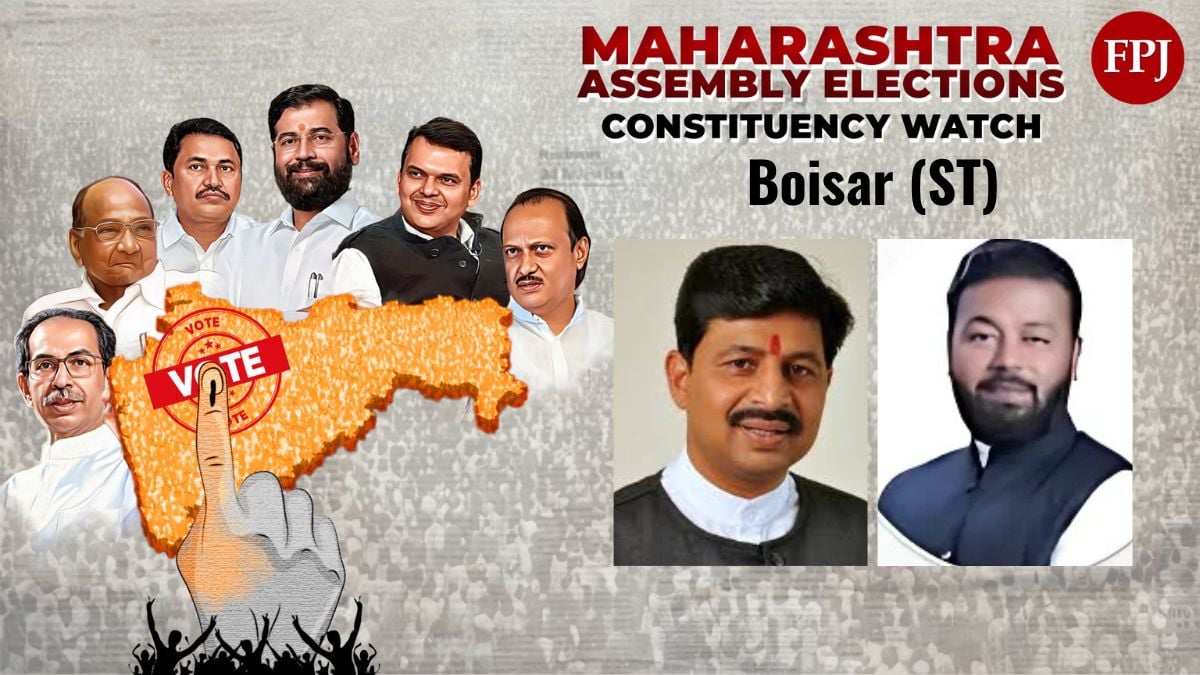Maharashtra election results of 2024 will be declared on November 23, vote count starts at 8 AM. Boisar, a prominent constituency in Maharashtra, is known for its industrial hubs and a significant tribal population. The region has consistently been a political hotspot, with local development and tribal welfare being critical issues during elections.
Historical Background of Boisar Constituency
Boisar has traditionally witnessed strong competition between regional and national parties. The Shiv Sena has historically maintained a notable presence in the region, but other political forces, including the Shiv Sena (UBT) faction, are vying to make their mark. The constituency’s tribal demographics ensure that parties emphasise welfare schemes and development programs in their campaigns.
Past Results
– In the 2014 Maharashtra Assembly elections, Shiv Sena emerged victorious in Boisar, leveraging its strong grassroots support and focus on tribal welfare.
– In 2019, Shiv Sena retained the seat, further solidifying its dominance in the constituency.

131-Boisar constituency 2019 elections results |
Maharashtra Assembly Elections 2024 Candidates
For the 2024 Maharashtra Assembly elections, the key candidates in Boisar are:
Vilas Tare (Shiv Sena): A seasoned leader from Shiv Sena, Vilas Tare is focusing his campaign on industrial growth, tribal welfare, and infrastructure development to retain the party’s hold on Boisar.
Vishwas Valvi (Shiv Sena – UBT): Representing the Shiv Sena (UBT) faction, Vishwas Valvi is challenging the traditional Shiv Sena dominance. Valvi’s campaign emphasizes tribal issues and promises to provide better access to essential services, backed by the UBT alliance’s support.
Electoral Outlook for 2024
The contest in Boisar is set to be a high-stakes battle between Vilas Tare of Shiv Sena and Vishwas Valvi of Shiv Sena (UBT). While Shiv Sena has historically enjoyed significant support in the constituency, the split within the party and the rising influence of Shiv Sena (UBT) make this election particularly competitive. The outcome will likely hinge on which candidate can better address local tribal concerns and effectively connect with voters in this dynamic region.

